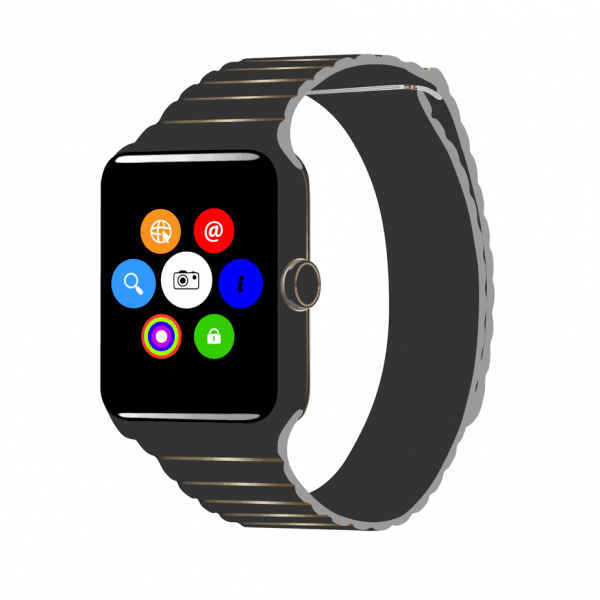ATEQ is Available to Provide Consulting and Leak Testers For Smartwatch Leak Testing Applications.
Smartwatch manufacturers use a variety of sealing techniques to make sure all potential points of least resistance are watertight. Smartwatch buttons often have a silicon rubber boot to separate the button from the electrical contacts within the watch. On areas that need to keep water out but let air pass through, like microphones and speakers, manufacturers use a water-resistant breathable mesh fabric membrane to act as a pressure vent.
These seals all need to go through rigorous quality testing. The most important type of testing for the waterproofing process is leak testing. Waterproof smartwatch manufacturers have dozens of leak testers, like ATEQ’s F28 lite, throughout their production lines to test the smartwatch at various points during the assembly process. Once the watch is completely assembled and the screen is secured, it can be leak tested with ATEQ’s sealed component ingress leak testing method. By putting the completed sealed watch into an airtight chamber, the chamber can be pressurized with compressed air and the leak tester can measure if any air sinks into the watch. If a leak amount that is below the manufacturer-specified leak rate sinks in, the watch can be considered airtight enough to be classified as being “waterproof”.
Read ATEQ’s full Sealed Component Leak Testing article.
ATEQ has developed solutions for hundreds of different consumer electronics leak testing applications for well known manufacturers over the last 40 years. Whether you are leak testing smartwatches, smartphones, catheters, pacemakers, or a washing machine, ATEQ can work with you to provide efficient leak testers and develop integrated smartwatch production leak and flow testing solutions.
Contact Us to speak with an expert ATEQ Application Engineer in your area.
